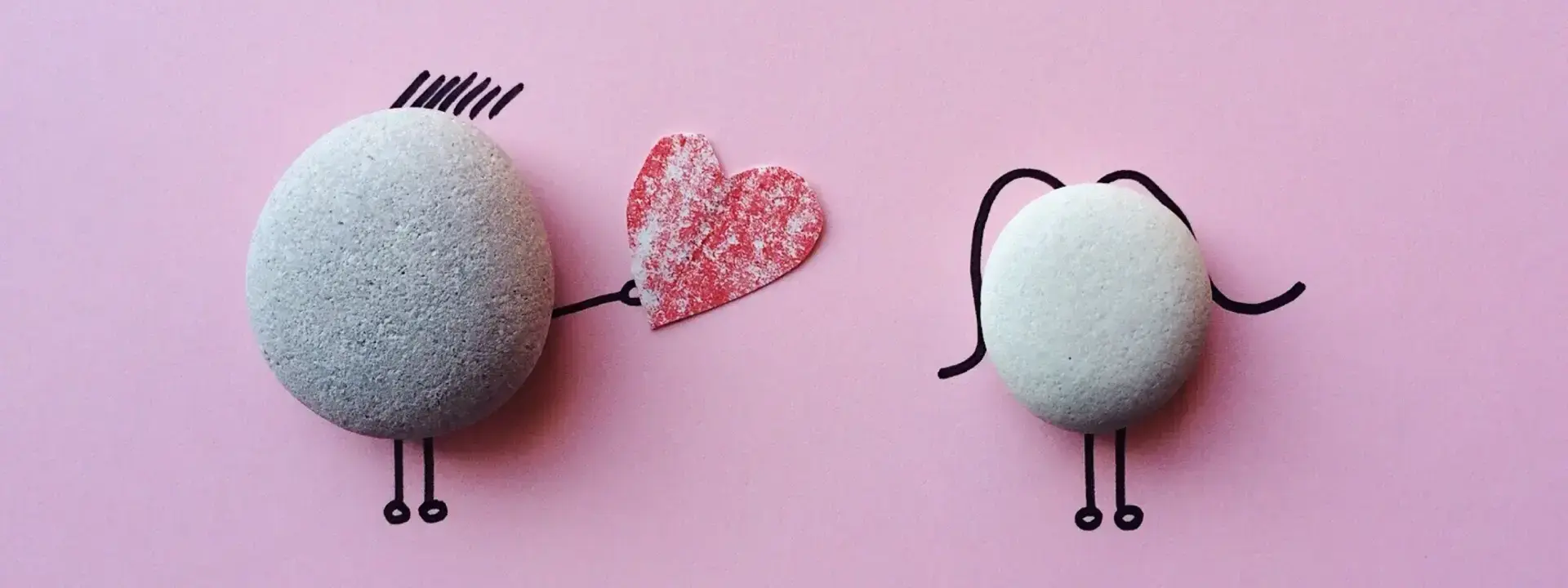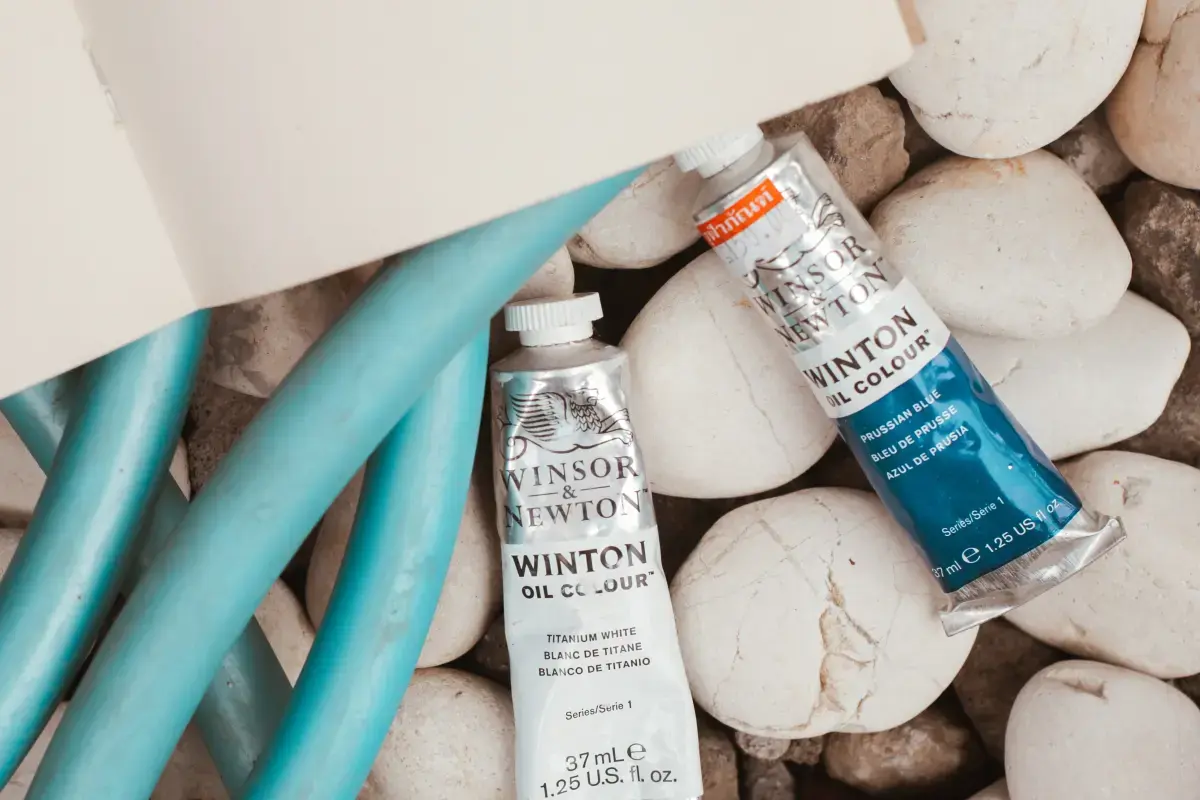
Rock Painter Job Description
What is a Rock Painter Professional?
A rock painter is an artist who creates paintings on rocks. The majority of their time is spent creating the artwork, however they may also be responsible for selecting the stones, preparing them and delivering the finished product. The type of paint used by a rock painter will depend on where the stone will be located. Those destined for indoor display can use acrylic or oil-based paints, while those that need to withstand weathering outdoors generally require enamel or latex-based paints. Some artists add a clear sealant to their work to protect it from further damage.

What does a Rock Painter Expert do?
Rock painting emerged as its own art form when humans first created images on cave walls using natural pigments like ochre (red clay). In North America, Native Americans have been carving and decorating rocks since ancient times – these petroglyphs (rock carvings) were often used as storytellers depicting aspects of hunting culture and spiritual beliefs. UK based artist Rachel ‘Rockbunny’ Sabin has become known internationally for her bright designs which she sells via her website and through select stockists around Europe.

What are the Skills of a Rock Painter?
A rock painter needs to have a steady hand and be able to paint with precision. They also need to have an understanding of color theory in order to create harmonious designs. Experience with other forms of painting can be helpful, but is not strictly necessary. In order to become a rock painter, one must first develop the necessary skills and experience. Some of the most important skills required for rock painting include: attention to detail, creativity, patience, and precision. In addition to possessing these essential skills, it is also helpful if aspiring rock painters have some prior experience with art or painting. Additionally, those who are interested in becoming professional rock painters should consider taking courses offered by colleges or universities that focus on visual arts or fine arts. Although not required, this type of education can provide individuals with a strong foundation upon which they can build their skill set and increase their chances of success in the field.

What makes an Expert Rock Painter?
Once a rock painter has developed the requisite skillset and has some level of experience working with paintbrushes and other artist tools , they will be ready to begin creating beautiful works of art on rocks . The best way to start practicing and perfecting ones craft is by painting simple designs onto small rocks using a clear basecoat . Once comfortable with this process , more complex designs can be attempted such as adding shading , blending colors together , or otherwise pushing oneself creatively . As always practice makes perfect so these early efforts should be considered merely steps along the path to becoming a successful rock painter

What level of Experience & Qualifications are required to be a Rock Painter?
Industry Experience: 1. At least one year of professional experience with rocks and painting techniques or similar artistic craft. 2. Knowledgeable about the types of materials used for painting rocks, such as stone paints and acrylics, as well as where to source them from local suppliers. 3. Knowledgeable on the best types of rock surfaces suitable for painting projects, common techniques used by other rock painters, and safe handling practices when using hazardous paints or chemicals while working on rock projects.. 4. Ability to create unique designs that reflect customers’ personal styles while taking into consideration their desired applications (interior/exterior decorations) and size requirements (garden décor). Training: 1. Relevant workshops in creative design methods applicable to rocks painting 2.. A portfolio demonstrating both existing work in projects completed involving paints(rock related ideally) but also previous paintings developed which are visually compelling 3.. Self-sufficiency for managing aspects such as material selection , safety application instructions , project progress report & clean up procedures . Qualifications: 1.. Certified Educational Qualification in fine-art related disciplines(such pottery , ceramics . Painting etc.) 2.. Demonstrate excellent hand-eye coordination with ability of precision production skills pertinent to a successful delivery every time 3.. Proficient at producing handmade goods including unique painted rocks pieces incorporating a range creative tendencies like detailed patterns & vibrant colours 4.. Understanding basic colour theory when combining shades together 5 .. Possess stable physical abilities stand whilst partaking in prolonged periods work within the studio environment Education: 1.. Comprehensive high school diploma explicit training focusing on courses relevant fine art works including history & practice provide foundation knowledge base from which explore further development options 2., Certificate course in Rock Paintings with appropriate modules focused on creating designs projects standards aesthetic values observation pertaining particular elements peculiarities differing tyoes surfaces depths finishes additionally coach individual how make inventive solutions uses ready mix components bought stores 3 .Bachelor&aposs degree Arts field bolsters creativity paves route developing ambitious portfolios boasts kinds finished products bought clients ranging commercial organisations private enterprises exhibition spaces musuems galleries

What is the Salary of a Rock Painter?
The salary expectations of a rock painter range from Junior level to Senior level depending on experience and expertise. For junior rock painters, salary expectations typically start around $15-20/hour and up to approximately $40K/year. As their experience increases, these figures could range up to approximately $60K/year. Senior rock painters with high levels of skill and years of experience may be offered salaries in the range of $75K -120K+/year depending on location, industry specialization, etc.. Additionally specialist roles such as Team Leaders or Rock Painting Designers may be able to earn more than this. Advanced certifications also have the potential to increase pay at any stage in a career path and over time recognition for outstanding creative achievement can further add value either through additional earnings or other benefits like freelance work that adds diversity into an artists profile and portfolio visibility.

What are the Working Conditions for a Rock Painter?
Rock painters typically work in studios or other indoor environments, where they are surrounded by a variety of materials, tools and equipment needed to complete their painting projects. Generally speaking, rock painters can expect a flexible daily schedule with room for creative exploration. There will likely be designated times for painting and also allocated time for completing administrative tasks associated with the job. Rock painters should be comfortable working independently as well as collaboratively within a team environment – this is especially true if working on large projects that require multiple talented individuals coming together to do their part. Working conditions can vary from studio to studio but most rock paint workshops will have good ventilation, plenty of light and adequate space for anyone taking part in the project. Safety should always come first– protective gear such as gloves and eye protection must be worn when required (this is often determined by the company providing the rock painting services).

What are the roles and responsibilities of a Rock Painter?
Rock painting is an ancient form of expression and communication that can be found in cultures all over the world.
A rock painter may use natural pigments or minerals to create their paintings, as well as man-made materials such as paints, dyes, and inks.
The subject matter of a rock painting can vary greatly depending on the culture and region where it was created; however, common themes include animals, humans, mythological beings, spiritual symbols, and nature scenes.
In some cases, a single artist will paint many rocks with different designs while in other instances multiple artists will collaborate on a single painting project . Regardless of who creates them , each painted stone has a special meaning associated with it . Traditional knowledge about the symbolism behind certain design elements is often passed down through generations within families or tribal groups
Creating designs on rocks using paint
Selecting the right type of rock for the project
Deciding on the colours to use
Applying the paint to the rock surface in a precise manner
Carving out intricate patterns or shapes into the rock face
Adding embellishments such as beads, shells, or glitter
. Working with other designers and painters on large projects

Where can I find Rock Painter jobs?
- Create a profile on gigexchange and promote your Rock Painter skills to advertise you are Open to New Work Opportunities
- Ensure your Resume (or CV), or online work profile is up to date and represents your skills and experience. Ensure your reputation reflects your ability & attitude.
- Apply for Rock Painter Jobs advertised on gigexchange.
- Practise Rock Painter interview techniques to ensure you represent your personality and ability succinctly and confidently.
- Accept the job offer if the salary meets your expectations and the employer mission and purpose reflects your core values.
Jobs
What are the best job boards for Rock Designer jobs?

How can I hire Rock Painter staff online for my business?
The best job board for recruiting Rock Painter experts is gigexchange.com. Advertise full-time, part-time or contract jobs to find, hire & recruit trusted, experienced and talented Rock Painter candidates near you.

Are Rock Painter roles in demand in 2025?
Rock Painter experts are still in high demand in 2025. If you are an experienced Rock Painter or looking to train and become one. The job market is looking strong for Rock Painter jobs near me.